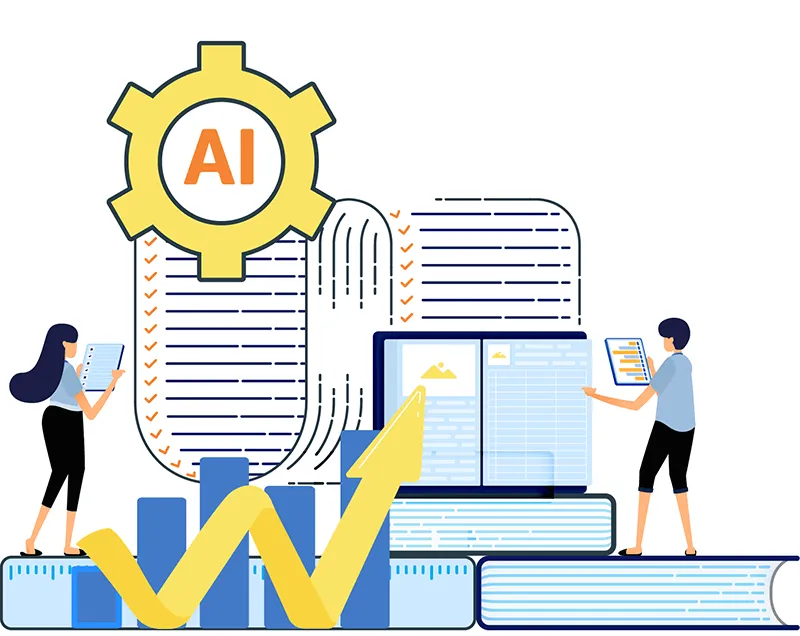Cloud cost optimization is crucial for businesses looking to maximize their cloud investments. Organizations can continuously manage and reduce expenses by leveraging automation, machine learning (ML), and MLOps practices while ensuring optimal performance.

The power of automation
Automation simplifies the complex task of cloud cost management. By automating routine processes—such as resource allocation, scaling, and scheduling—businesses reduce manual errors and respond faster to changing workloads. Automated dashboards and alerts enable teams to quickly identify cost overruns and take corrective actions, ensuring efficient use of cloud resources.
Machine learning for predictive insights
Integrating machine learning into cost optimization strategies brings predictive capabilities into play. ML algorithms analyze historical usage data to forecast future consumption trends. These insights help organizations:
- Anticipate cost spikes: Predict periods of high usage, allowing for proactive scaling.
- Optimize resource allocation: Adjust compute and storage resources based on predicted demand.
- Enhance budget planning: Forecast future expenses more accurately, aligning cloud spending with business objectives.
MLOps: Continuous improvement at scale
MLOps—a blend of machine learning and DevOps—ensures that ML models remain robust and effective over time. In cloud cost optimization, MLOps pipelines automate the entire lifecycle of ML models, from data ingestion and training to deployment and monitoring. This continuous integration and deployment (CI/CD) approach allows organizations to:
- Rapidly adapt to market changes: Automatically retrain models when usage patterns shift.
- Maintain model accuracy: Monitor model performance in real-time, triggering retraining if performance dips.
- Ensure reproducibility: Track model versions and experiments, maintaining a history of optimizations and updates.
Best practices for implementation
To maximize the benefits of automation, ML, and MLOps in cloud cost optimization, consider these best practices:
- Integrate end-to-end pipelines: Automate the entire data-to-deployment workflow for seamless operations.
- Leverage cloud-native tools: Utilize services offered by AWS, Azure, and GCP for real-time monitoring and data access.
- Implement automated alerts: Set up systems that flag unusual cost trends or resource usage spikes, triggering automated responses.
- Adopt a feedback loop: Regularly monitor model performance and update your strategies based on real-world data.
- Prioritize security and governance: Ensure your automated pipelines comply with data security and governance standards.
Conclusion
Automation, machine learning, and MLOps are revolutionizing how organizations approach cloud cost optimization. By embracing these technologies, companies can achieve significant cost savings, adapt quickly to market demands, and maintain robust, scalable cloud environments. Fusing predictive analytics with automated workflows drives efficiency and empowers businesses to stay ahead in a competitive digital landscape.


